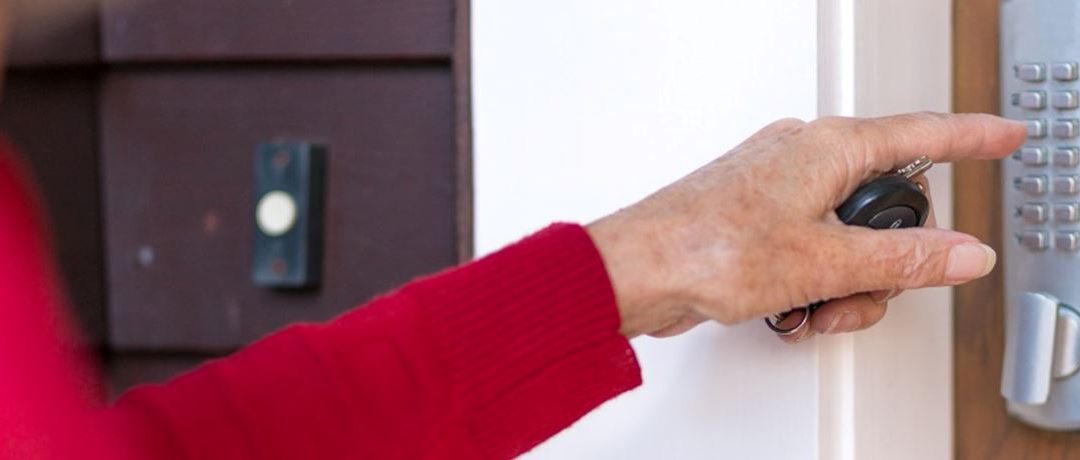You’ve found the property. Your broker has helped you find the right loan with a competitive interest rate and all the features you want. You’ve completed the application and now you’re waiting for settlement. As the day comes you look through the paperwork but that competitive fixed interest rate you applied for has just jumped without notice. Your monthly repayments are suddenly set to be higher than you anticipated and you’re locked into the loan for your fixed period.
It isn’t a scenario anyone would want and many people may not be aware that this can actually happen. Interest rates regularly change in response to market conditions, and the fineprint in your loan application likely specifies that the interest rate can change between application and settlement date. But there is a way to safeguard against this, and it is called a rate lock.
What is a rate lock?
A rate lock is an optional feature that may be available to applicants of fixed-rate home loans. It enables you to secure a rate, meaning even if interest rates rise, yours won’t. The lender usually charges a fee for this feature, but speak to your broker as this fee varies and some lenders may offer it for free.
The amount of time the rate lock lasts will also vary between lenders, for example 60 or 90 days, so if you have a longer settlement, your broker can discuss which lenders may be right for you.
How much are rate lock fees
The rate lock fee will vary depending on the lender but tends to range between free to around 0.2% of the loan amount. So for a $400,000 loan this amount could be around $800. The average is lower than this and tends to be around $750 for a $500,000 loan.
When should I consider a rate lock?
Rate locks tend to be most appealing when fixed interest rates are predicted to increase, for example if some banks have started increasing their interest rates and others are predicted to follow suit. It also is usually more beneficial for a longer fixed term as there is more the borrower stands to save over the life of the loan. Your broker can run the calculations for you to determine how much the interest rate would need to change to warrant the upfront rate lock fee.
It is important to keep in mind that if a lender lowers its interest rate and you have opted in for a rate lock, you are not necessarily guaranteed the lower rate. Each lender has a different policy around this and you may need to negotiate to see if you can cancel the rate lock to access the lower interest rate, which your broker can do on your behalf.
Also, this fee may be non-refundable even if your application is unsuccessful. Speak with your broker to put your best foot forward with your application and understand where you stand with lenders.
It is a good idea to read the terms and conditions of the home loan you are considering, including the Target Market Determination (TMD) and Key Facts Sheet (KFS). Your broker can also help to highlight key points for consideration and how they may impact you.
If you are wondering whether to opt in for a rate lock, speaking to your broker to understand the pros and cons and calculate your potential savings is your best strategy.
Want to look at your options? Call Us Now on 1300 855 244 to get the ball rolling

